Chiropractic Objective
Created in About Chiropractic Care, How Does it Work

What truly differentiates doctors of chiropractic from any other healthcare professionals is the fact that chiropractors are the only professionals who are trained to diagnose and treat what are called spinal subluxations. The word 'subluxation' comes from the Latin words meaning 'to dislocate' (luxare) and 'somewhat or slightly' (sub). So the term 'vertebral subluxation' literally means a slight dislocation (misalignment) of the bones in the spine. Although this term was adequate in the 1800s when much was still misunderstood about the human body, today the word 'subluxation' has changed in meaning to capture the complex of neurological, structural, and functional changes that occur when a bone is 'out of place.' For this reason chiropractors usually refer to subluxations of the spine as the "Vertebral Subluxation Complex", or "VSC" for short.
There are actually five components that contribute to the vertebral subluxation complex (VSC).
- Bone Component - where the vertebra is either out of position, not moving properly, or are undergoing degeneration. This frequently leads to a narrowing of the spaces between the bones through which the nerves pass; often resulting in irritation or impingement of the nerve itself.
- Nerve Component - is the disruption of the normal flow of energy along the nerve fibers, causing the messages traveling along the nerves to become distorted. The result is that all of the tissues that are fed by those nerves receive distorted signals from the brain and, consequently, are not able to function normally. Over time, this can lead to a whole host of conditions, such as peptic ulcers, constipation and other organ system dysfunction.
- Muscular Component - since nerves control the muscles that help hold the vertebrae in place, muscles have to be considered to be an integral part of the vertebral subluxation complex. In fact, muscles both affect, and are affected by the VSC. A subluxation can irritate a nerve, the irritated nerve can cause a muscle to spasm, the spasmed muscle pulls the attached vertebrae further out of place, which then further irritates the nerve and you have a vicious cycle. It is no wonder that very few subluxations just go away by themselves.
- Soft Tissue Component - the VSC will also affect the surrounding tendons, ligaments, blood supply, and other tissues as the misaligned vertebrae tug and squeeze the connective tissue with tremendous force. Over time, the soft tissues can become stretched out or scarred, leaving the spine with either a permanent instability or restriction.
- Chemical Component - is the change in the chemistry of the body due to the VSC. Most often, the chemical changes, such as the release of a class of chemicals called "kinins," are pro-inflammatory; meaning that they increase inflammation in the affected area.
These changes get progressively worse over time if they are not treated correctly, leading to chronic pain, inflammation, arthritis, muscle trigger points, the formation of bone spurs, loss of movement, as well as muscle weakness and spasm. Chiropractors have known the dangers of the vertebral subluxation complex ever since the birth of the profession. More and more scientific research is demonstrating the tremendous detrimental impact that subluxations have on the tissue of the body. In order to be truly healthy, it is vital that your nervous system be functioning free of interference from subluxations. Chiropractors are the only health professionals trained in the detection, location, and correction of the vertebral subluxation complex through chiropractic care.
Categories

